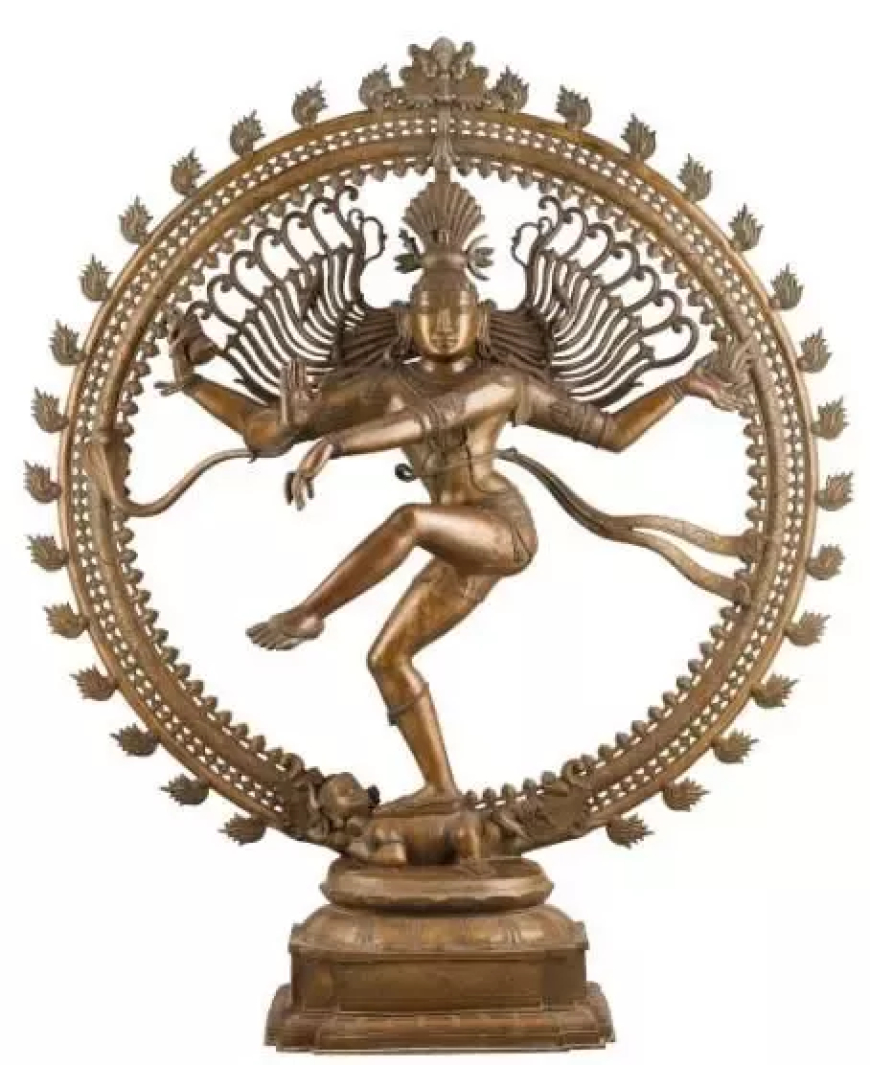A Brief History about Indian Theatre
Theatre, a dynamic art form, has roots in ancient texts like the Natyashastra, which emphasized emotive storytelling. It encompasses Eastern and Western traditions, with Indian theatre often portraying life idealistically. Commercial theatre offers grand, entertaining productions, while experimental theatre explores social issues with innovation and limited resources. In India, regional diversity shapes the concept of national theatre, seeking a balance between modern aspirations and traditional heritage. Notable practitioners like Prasad Damle and theatre companies like Theatron Entertainment contribute to India's vibrant theatrical landscape.

A theatre is a form of performing art that involves live performers, typically actors or actresses. The performers present a real or imaginary event to a live audience in a specific place, often a stage. They may use a combination of gesture, speech, song, music, and dance to communicate this experience to the audience.
The Natyashastra, written by Sage Bharat Muni, is the earliest known book on drama in the world. The Natyashastra aimed to portray the emotions of the entire world, including wealth, laughter, tragedy, peace of mind, fighting, sexual passion, and slaughter - all the activities of life. The Natyashastra outlines four styles of acting: graceful, grand, energetic, and verbal. Verbal is the closest equivalent to Western spoken theatre. The Natyashastra, a seminal text on Indian theatre, was translated into English by the Indian historian Manmohan Gosh. In its early stages, Indian theatre featured a narrative format that incorporated elements such as dance, song, and recitation. This is why theatre in India has encompassed various forms of literature and fine arts into its physical presentation. The combination of literature, mime, movement, dance, and singing is referred to as 'Natya' or Theatre in English.
Life is a circular activity that keeps moving. Each art has its own tradition and unique style of presenting it. Similarly, there are two types of theatre: Eastern theatre and Western theatre, each with its ideology and way of thinking. In Western theatre, life is portrayed as closer to realism, whether in theatre or fine arts. On the other hand, in India, life is portrayed more idealistically. This has been the case from the beginning of theatre in both hemispheres.
Theatre can be broadly divided into two categories - commercial theatre and experimental theatre. Commercial theatre focuses on large-scale shows and usually requires a Proscenium theatre for performances. These shows are often more than two hours long and are called 'doan-anki', which means two hours long with one interval. While the tickets for these shows can be expensive, they promise a good dose of entertainment. Commercial theatre shows typically run for more than a year and complete over 100 to 200 shows, which is known as 'PRAYOG' in Marathi. Some notable practitioners of commercial theatre include Prasad Damle, Chinmay Mandlekar, and Girish Oak.
While, Experimental theatre, on the other hand, is all about experimentation. It mainly focuses on social issues in society or tells a story with limited actors and a limited set. Experimental theatre encourages new directors and challenges the audience to change their attitudes, values, and beliefs on an issue and to take action. Several theatre companies promote and practice experimental theatre, such as “Theatron Entertainment” and “Theatre Academy”.
In India, the idea of national theatre is best understood in a regional context. This is due to the diversity of our country, where every region has its language, history, and culture, and its theatre is deeply rooted in these unique circumstances. Over the past 30 to 40 years, there has been a search for an authentic form of theatre that can represent the aspirations of modern India while also preserving its rich traditions.














































